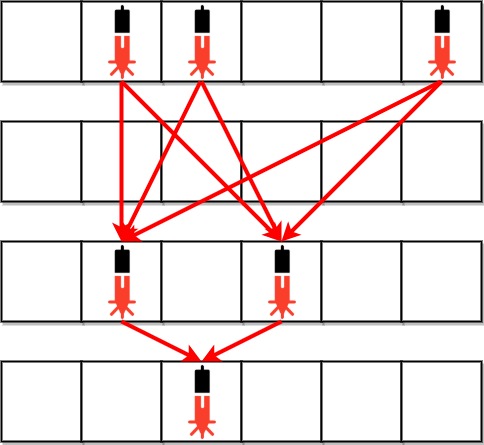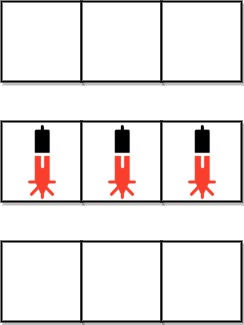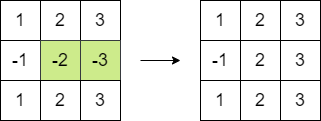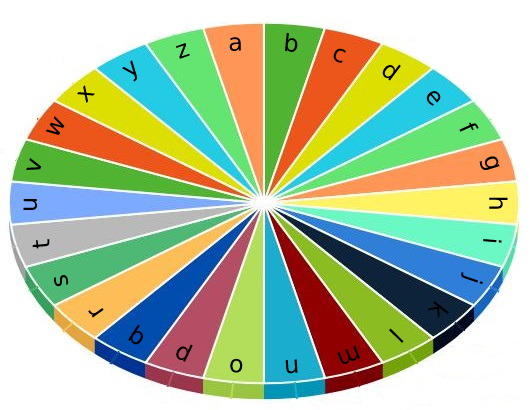You are given a 0-indexed array of n integers differences, which describes the differences between each pair of consecutive integers of a hidden sequence of length (n + 1). More formally, call the hidden sequence hidden, then we have that differences[i] = hidden[i + 1] - hidden[i].
You are further given two integers lower and upper that describe the inclusive range of values [lower, upper] that the hidden sequence can contain.
- For example, given
differences = [1, -3, 4],lower = 1,upper = 6, the hidden sequence is a sequence of length4whose elements are in between1and6(inclusive).[3, 4, 1, 5]and[4, 5, 2, 6]are possible hidden sequences.[5, 6, 3, 7]is not possible since it contains an element greater than6.[1, 2, 3, 4]is not possible since the differences are not correct.
Return the number of possible hidden sequences there are. If there are no possible sequences, return 0.
Example 1:
Input: differences = [1,-3,4], lower = 1, upper = 6 Output: 2 Explanation: The possible hidden sequences are: - [3, 4, 1, 5] - [4, 5, 2, 6] Thus, we return 2.
Example 2:
Input: differences = [3,-4,5,1,-2], lower = -4, upper = 5 Output: 4 Explanation: The possible hidden sequences are: - [-3, 0, -4, 1, 2, 0] - [-2, 1, -3, 2, 3, 1] - [-1, 2, -2, 3, 4, 2] - [0, 3, -1, 4, 5, 3] Thus, we return 4.
Example 3:
Input: differences = [4,-7,2], lower = 3, upper = 6 Output: 0 Explanation: There are no possible hidden sequences. Thus, we return 0.
Constraints:
n == differences.length1 <= n <= 105-105 <= differences[i] <= 105-105 <= lower <= upper <= 105
Solution: Math
Find the min and max of the cumulative sum of the differences.
Ans = max(0, upper – lower – (hi – lo) + 1)
Time complexity: O(n)
Space complexity: O(1)
C++
|
1 2 3 4 5 6 7 8 9 10 11 12 13 14 15 |
// Author: Huahua class Solution { public: int numberOfArrays(vector<int>& differences, int lower, int upper) { long long s = 0; long long hi = 0; long long lo = 0; for (int d : differences) { s += d; hi = max(hi, s); lo = min(lo, s); } return max(0LL, upper - lower - (hi - lo) + 1); } }; |




